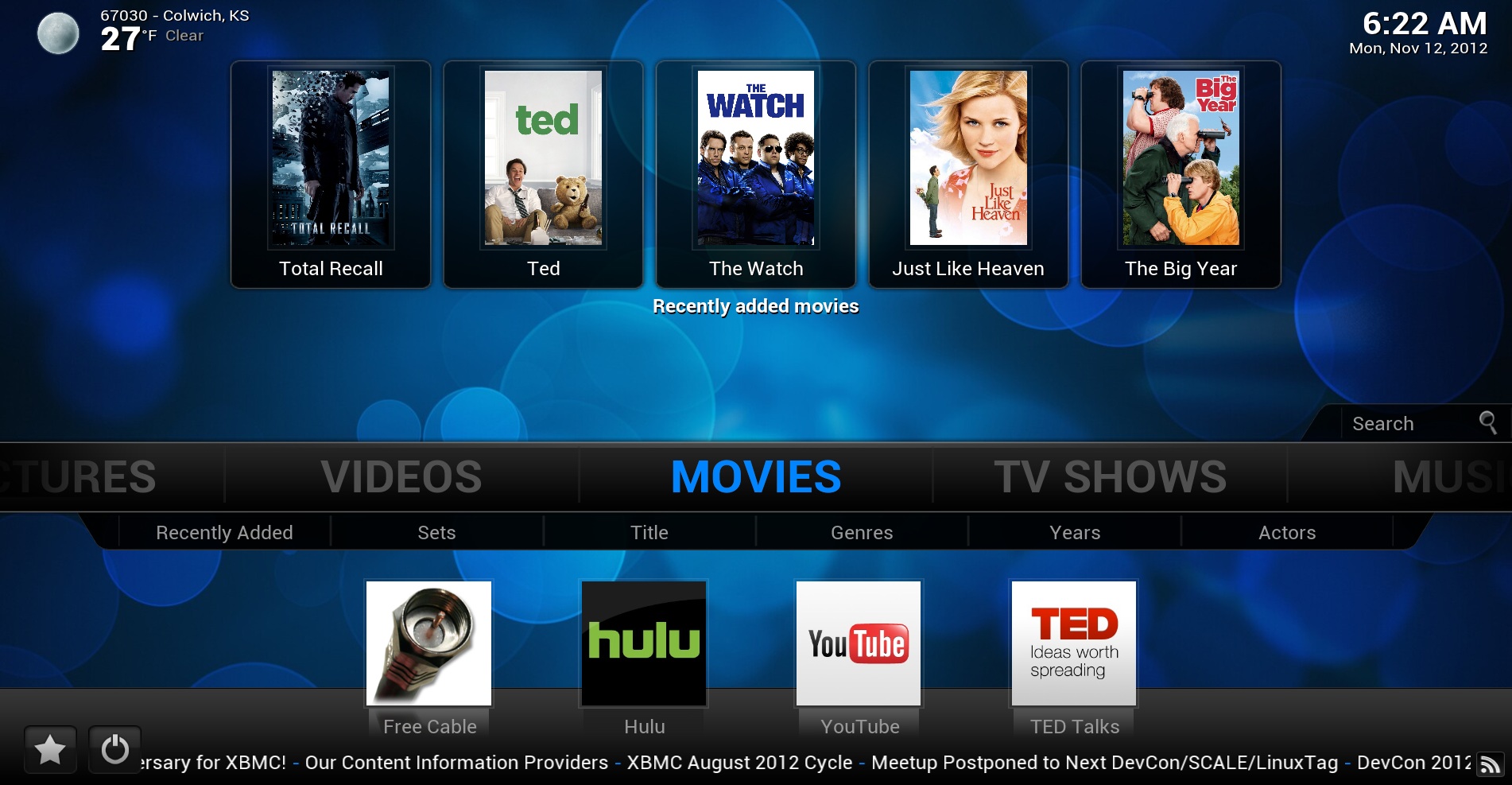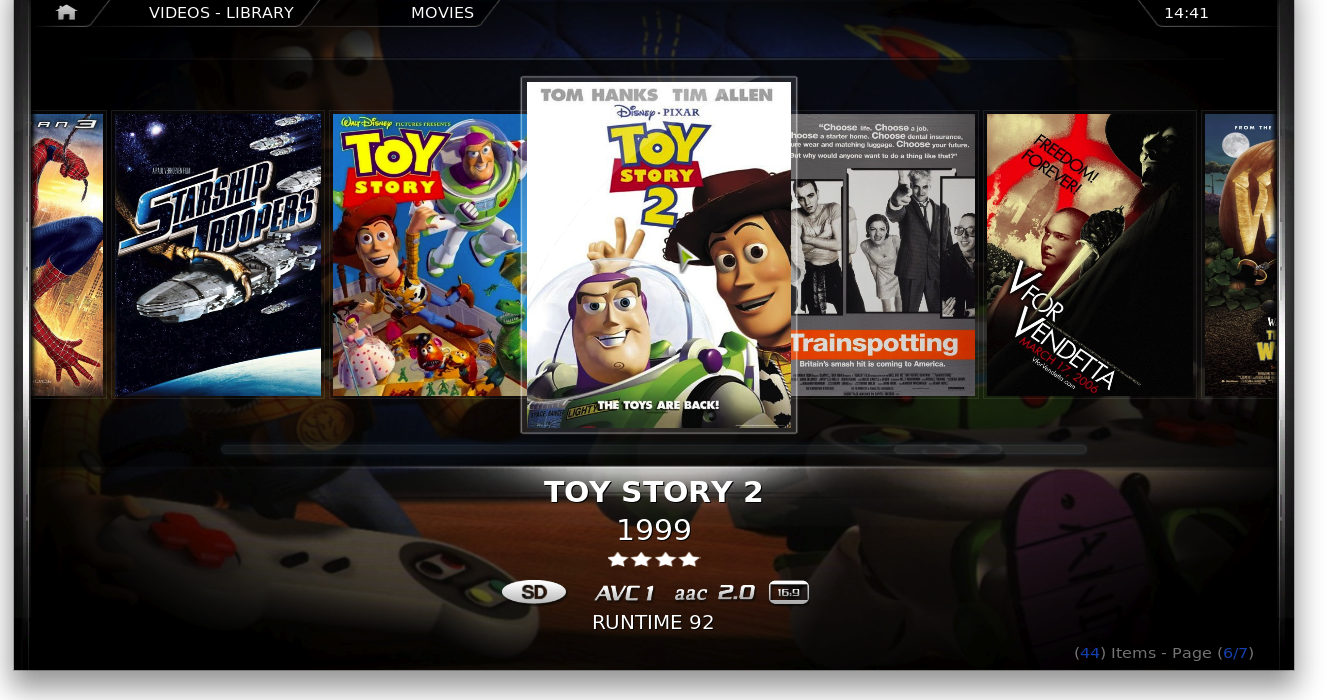Was looking at your code tonight, finally found some time...
Was curious to know how is this project different than this one?
Is it just the flow meter option?
http://www.raspberrypi.org/archives/3841
View attachment 170503
View attachment 170504
That one is the base for this project, and the reason this project inherits its licensing. If you look at the README on Github, I link to his repository for attribution.
The majority of the code had to be re-written. Only limited portions are still is place. Download his source and browse through it a bit to see what I mean.
The two main problems are that he hard-coded everything for his exact setup and that he included exactly zero setup/configuration instructions. Those two are effectively barriers the average HBT user.
Limitations removed:
- Limited to 4 hop levels (0/1/2/3 "hops")
- Limited to 9 SRM colors (0/5/10/15/20/25/30/35/40)
- Limited to 6 keg levels (0/10/25/50/75/100)
- Layout was hard coded using a ton of manual padding/margin hacks.
- Hard coded for 6 beers. Not 3, not 4, not 5, not 7. Only exactly 6. [Thanks, JayUnt!]
Note: I don't believe he included the "Coming Soon" image shown in his source release. Also, you have to enter one of the number above into the Beers list, or the whole thing breaks.
New features:
- Added brewery logo
- Automatically scales length to number of beers in the database [Thanks, JayUnt!]
- Added SRM numerical output
- Added IBU numerical output
- Added BU:GU numerical output [automatically calculated]
- Added kCal numerical output
- Added tasting notes output
Planned features (before first public release):
- Database converted from CSV to SQL.
- Infographics automatically "generate" browser-side.
- Detailed step-by-step installation and configuration instructions (with pictures!).
- Tap number column
Planned features (after first public release):
- Ability to turn on/off displaying of specific columns
- Automatic column sizing to fit display
- Live keg levels (flow meters)
- Additional layouts (landscape, landscape w/ 2 columns)
- Skins included
Possible features (undecided):
- Flow control solenoids to turn a tap on/off
- Support for drinker accounts with RFID cards/reader
- Pour / account statistics










 because it's way in the future of concept, so never mind me.
because it's way in the future of concept, so never mind me.

